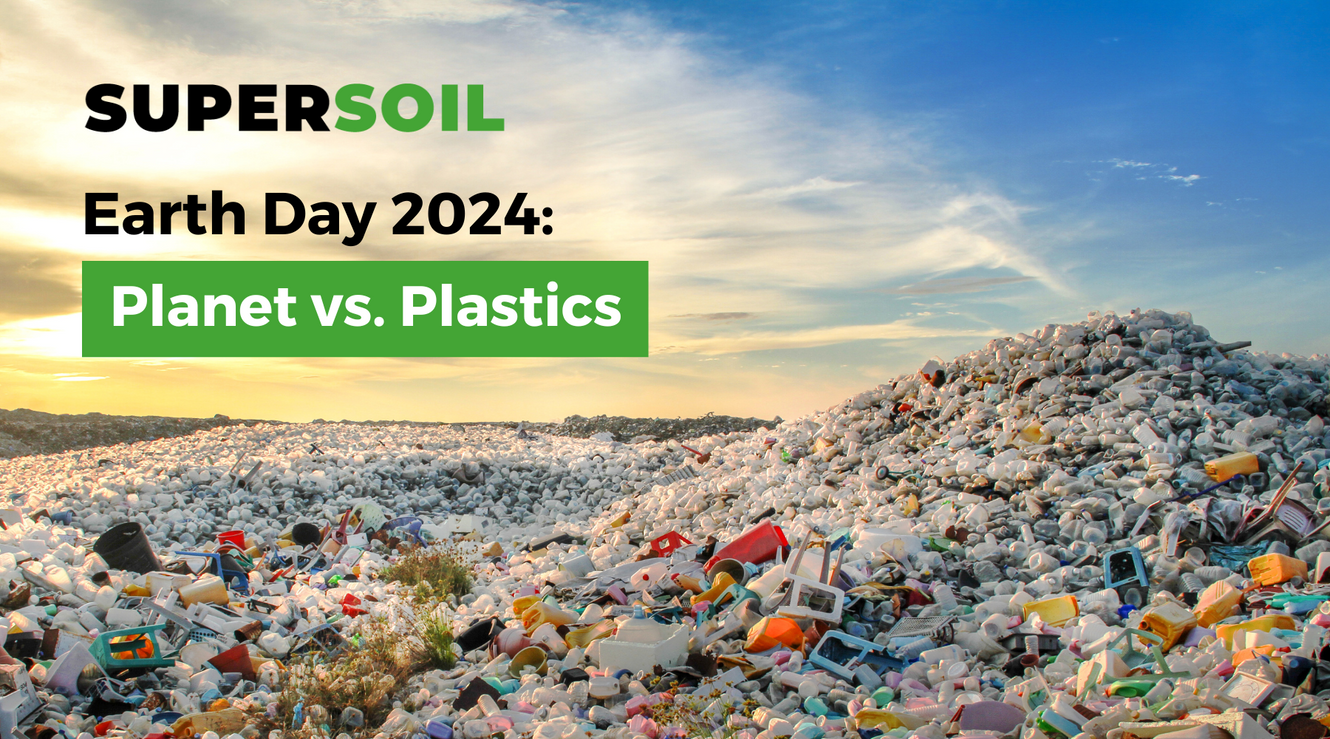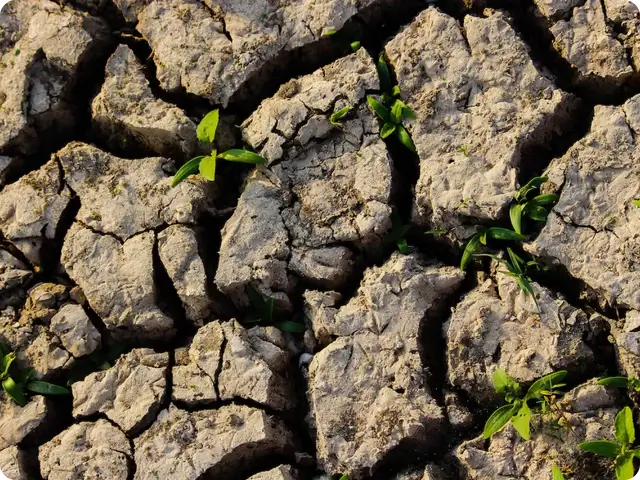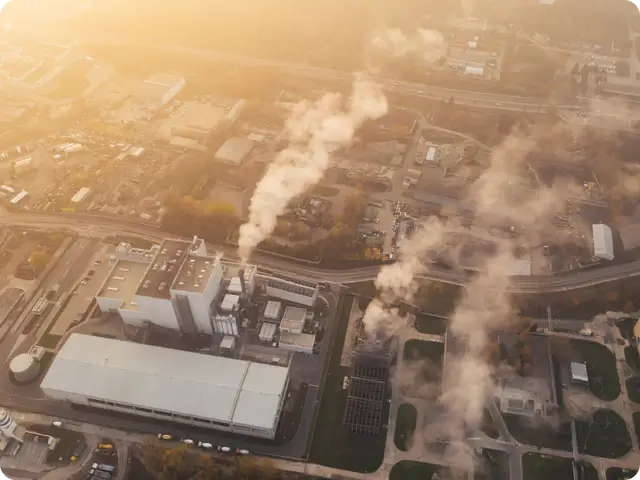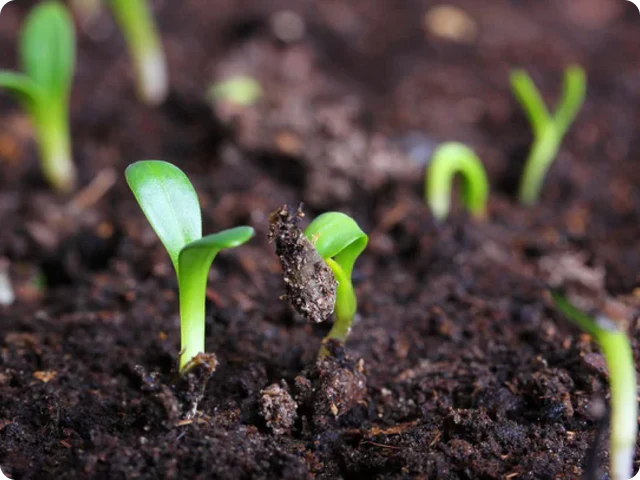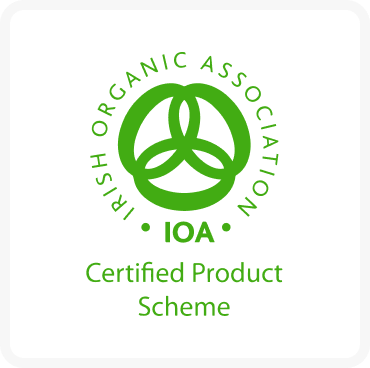Microplastics are a man-made menace to our environment. As the term implies, they are tiny pieces of plastic, too small to easily be collected. They will take hundreds of years to break down into smaller molecules, but in the meantime, they harm the environment and the creatures that live in it.
Microplastics are everywhere on our planet, from the deepest oceans to even at the top of Mt Everest. They have invaded the very soil in which our crops are grown and our livestock feeds.
The focus of this year’s World Earth Day is Planet vs Plastics, with the goal of a 60% reduction of all plastic production by 2040.
Why Is Plastic So Harmful To Our Environment?
The impact on our environment, thanks to plastic, is multifaceted and profound.
- Non-biodegradable. Plastic does not break down. It can persist in an ecosystem for hundreds or thousands of years, accumulating in natural habitats.
- Release toxic chemicals. Toxic chemicals, including bisphenol A (BPA), leach into water and soil, contaminating the environment and posing significant health risks to animals and humans.
- Endangers wildlife. Animals ingest plastics, and microplastics, which can lead to injury or death. In the case of microplastics, if humans then eat the animals, microplastics make their way into us.
- Unsightly. Along with the above reasons, plastics just make our world look dirty and terrible. Bushwalking along a remote mountainside is nice, and then you find someone dropped a coffee cup or a muesli bar wrapper, and it just looks awful.
Microplastics: A Growing Concern For Our Soil
Microplastics enter the soil through agricultural run-off, waste-water irrigation, the breakdown of plastic waste, and more. Once in the soil, they significantly disrupt its health, affecting the structure of the soil, its porosity (ability to transport water) and fertility.
From the soil, they can infect the wider ecosystem by infiltrating the food chains.
Microplastics absorb and release dangerous chemicals that can contaminate crops, and if livestock eat these crops, the contamination passes through.
Addressing the spread of microplastics in the soil in vital in maintaining environmental integrity and agricultural sustainability and security.
The Global Scale of Plastic Waste Pollution
The scale of plastic production, consumption and quantity in landfill is utterly staggering. Plastic waste pollution, on a global scale, is huge. The production of plastic has doubled since 2000 to almost 400 million metric tonnes per year, in 2021. While the life span of plastics averages around 10 years, some plastics, such as construction or industrial plastics, can survive for over 500 years.
Global plastics are projected to increase in production and consumption over the next forty years to more than 1.2 billion metric tons by 2060, with China and the USA being the leaders in the consumption of plastic.
Single-use plastics are still high in use as packaging materials and are the single highest source of plastic waste worldwide.
The above information is thanks to Statistica.
In an article published in National Geographic (subscription may be required), they report about a peer-reviewed journal, Science Advances. Of the 8.3 billion metric tons of plastic that has been produced in our lifetime, 6.3 billion metric tons have become plastic waste. Of that waste, only 9% has ever been recycled.
This means a massive 79% is sitting in landfills and then washing away, ending up in the oceans.
Impact of Plastic on Our Planet
Plastic potentially threatens every level of the Earth’s food chain and the health of our environment as a whole. We are still discovering the impacts of plastic on the environment, on animals, and on humans, especially our young ones.
Wildlife at Risk
The two biggest threats to wildlife from plastic pollution are entanglement and ingestion.
- Entanglement. There are many images of sealife caught up in discarded bear rings, shopping bags and the like. This is what entanglement looks like. These animals lose the ability to live their lives normally, which can hinder their efforts to gather food, leaving them to starve to death. Other animals can get their heads stuck in discarded plastic jars, looking for food, or get trapped in netting or plastic landfills and become trapped.
- Ingestion. Turtles have mistakenly ingested plastic bags floating in the ocean, thinking they were jellyfish, part of their diet. Dead whales and sharks found on the beach, have had their stomach investigated to find them full of plastic debris. If a whale dies in the open ocean and drops to the sea floor, then the carrion eaters of the deep will consume and ingest the plastic as well.
The two Great Garbage Patches in the Pacific Ocean are interrupting normal food chains. Fish getting caught in the rubbish are then being eaten by bigger fish, who ingest plastic as well.
Undermining Soil Health
- Microplastics compromise soil health and soil fertility by altering the soil structure and reducing its water retention capability. This poses risks for food security.
- Microplastics impact the nutrients crucial for nutrient cycling in the soils, affecting plant growth, health, and agricultural production.
- Microplastics pose a threat to livestock through ingestion, entering the wider food chain.
The threat to both agriculture and livestock is a threat to food security and environmental health for everyone.
How You Can Make a Difference
There are some simple ways you can reduce your plastic footprint and your impact on the planet.
- REUSABLE. Ditch the one-use containers and single-use bags. Carry a keep-cup, a reusable coffee cup, for your morning coffee. Carry a reusable bag for shopping, and a reusable water bottle you can clean and maintain.
- Buy in Bulk. The more you can buy, with less plastic packaging, the less waste will be produced. Better yet, if you can, find a whole food store and buy your food in bulk, in paper bags.
- Say no to plastic. Plastic bottles of water, plastic cutlery, single-use coffee cups, just say no.
- Avoid glitter. While sparkly and shiny, it is notorious for microplastic pollution.
- Education. Find out what can and can’t be properly recycled. Some soft plastics can be recycled but must be taken to a special location.
Supersoil supports World Soil Day, on December 5th. It is a day dedicated to education about soil health and the vital role that soil plays in the environment. How can you get involved?
- Plant a tree at home.
- Get a group together and plant trees for your neighbourhood.
- Educate people on biodegradable materials.
- Reduce food waste and encourage composting.
- Advocate for healthy soils.
- Promote organic produce.
- Use organic fertiliser.
Join the Fight Against Plastic Pollution
Facing the plastic pollution and microplastic problem in our soils is critical for the health and future of our planet. These terrible pollutants threaten soil fertility, food security, our ecosystem and the health of animals and humanity worldwide.
Take action and help protect our environment to ensure a sustainable future. Learn more about soil health through our blog.

